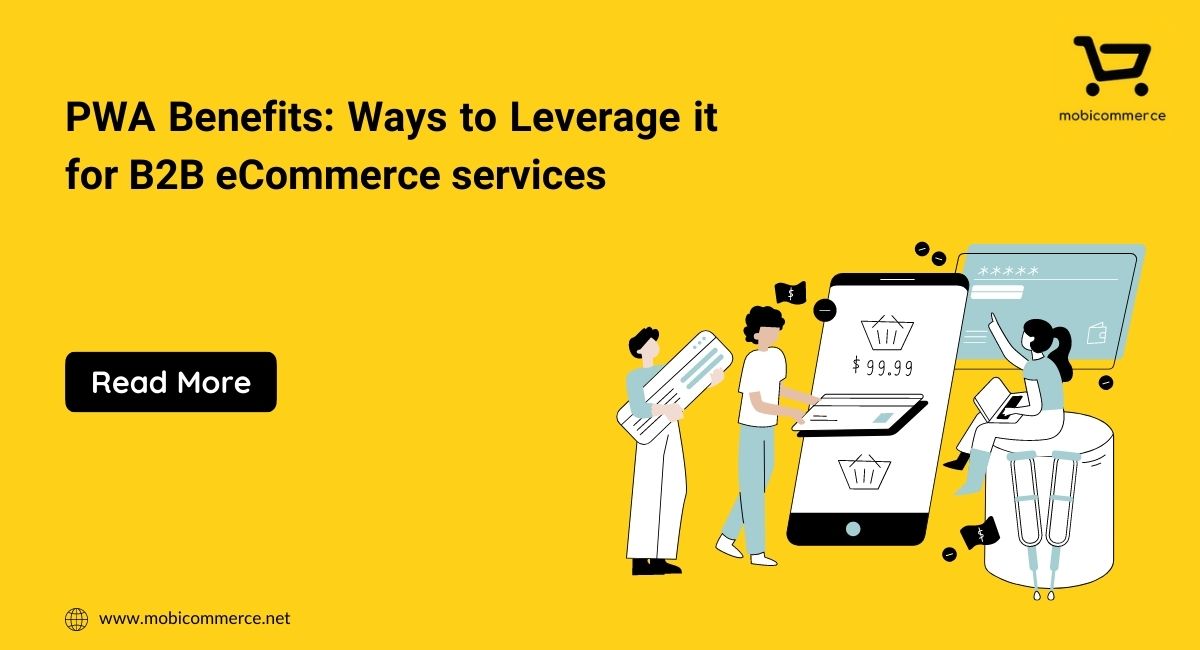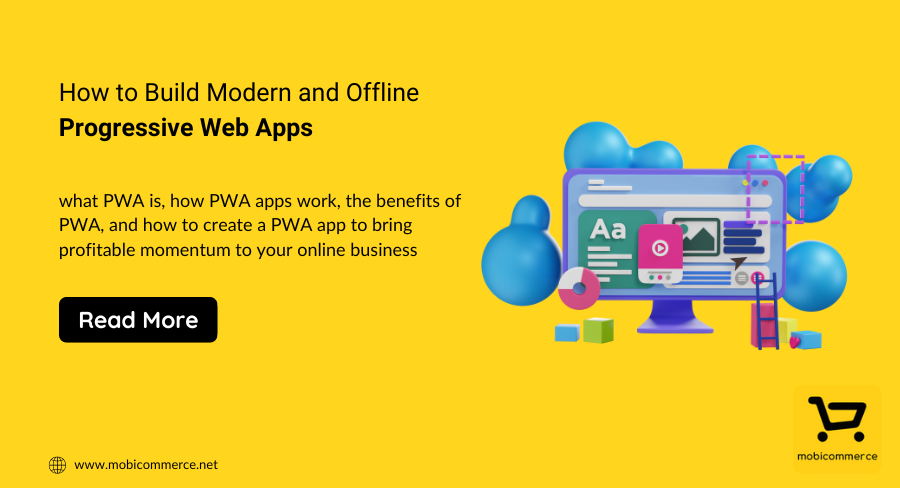Magento 1 is nearing its end, and what’s your plan to go down with it or to migrate with all that you have?
When we say Magento 2, it is not some technical update that you have to do to your Magento eCommerce store, in fact, it is a migration you have to make to keep your online business continue running and selling.
Magento and eCommerce
Magento is like made for eCommerce. It has already proved its worth in its first version, and now with its next, it surely has something more for eCommerce store owners.
The reputation of Magento as an eCommerce platform is outstanding since its release.
Today, with over 250,000 live stores running on Magento, it has become the top-rated platform, which is used by 18% of the top million websites.
There’s no doubt about it that Magento 1 was doing good, but progress doesn’t standstill. Change and up-gradation is the rule of nature and is necessary to improve things. Hence, Magento 2. It is true that migration is not an easy job. Migration to Magento 2 means a lot of rework from scratch but in the interests of security and performance, and to take advantage of other benefits that come with migrating to Magento 2, including revenue growth, increased site conversion, and increased site traffic, you got to take the step.
The news of Magento nearing end came like a shock, and almost by June 2020, Magento 1 will vanish from our life. Hence, there would be no option left but to migrate. The clock is ticking, and still, many are fearing to migrate from one to two. Here’s why.
Fear of customer loss Nothing will be lost if you execute a properly planned migration. We understand your store might be having a good customer base with a lot of them registered to your store, and the fear of losing their login details, purchase history, preferences, etc. can be scary. Well, it is not like that. You can take everything from your old site to the new one, along with your loyal customers.
Fear of losing the rank SEO traffic or Google ranking loss is no less than a nightmare for any website owner. Yes, Magento 2 is very SEO friendly, but why take a risk? Ensure that you have followed SEO best practices for site migration to avoid crying over the spilled milk later. Also, don’t forget to perform the baseline checks and know the traffic levels. Consider your keyword ranking positions and the pages on the current site that have the highest traffic and revenue. Implement 301 redirects to crawl through your website only if you are planning to change the URL structure. Avoid migrating unnecessary extensions as they can cause dramatic effects on the site. Don’t worry about the extensions as Magento 2 has a lot of new extensions and add ons which you can benefit from.
Fear of data loss Of course, data is everything for a website. Even a minor data loss can cost big for eCommerce store owners, hence many steps back majorly fearing data loss during the migration. Before you start, generate a full backup of your existing Magento 1 store, including your database and all the files and folders on your server. It is essential to migrate the customer data along with technology and extension upgrade as it will save you from losing the old clients. Next, create a clone of your Magento 1 store using the backup for migration while your live site continues to function as usual in the background. Remove the unwanted and add the necessaries and then install the latest version of Magento 2 on the same server as your Magento 1 installation.
Now coming to the point, why there is a need to migrate?
It is right to question “Why to migrate to Magento 2.X” since migration is no joke. Well, the main reason is that there is no option left but to migrate, but there are numerous benefits as well, which are enough to prep up for the journey.
Complete migration or just a system upgrade?
Of course, migration as a system upgrade will not give you all that you need for your business running hale and hearty. In a way, migration to Magento 2 from 1 can be called a system upgrade as Magento 1 to 2 migration is essentially a re-build or a re-platforming project. Much of the functionality remains, but there are many new features and a redesigned admin panel, which means Magento 2 is very different from Magento 1. Hence a lot of custom work on your site will need to be reproduced for the new store. So yes, you are going to need to re-build your website from scratch. But fear not, as Magento 2 will not disappoint you in any way.
So, your decision should be to migrate your entire business rather than just a system upgrade, or else, you might need to start from scratch.
Recommended Blog Migrate Magento 2 and upgrade your store
Final Thoughts
Choosing to re-platform or merely upgrading to Magento2 is a decision you must take; however, migration is the best and right thing to do since Magento 1 has its days numbered. Since still, you have got time, you must not waste a single second and start planning for your migration right now as the sooner is, the better. Holding on to Magento 1 is useless as pretty soon it will become dangerously outdated with no official support and updates. In short, migrate as quickly as possible as Magento 2 is the future.
Approach MobiCommerce for your complete Magento 2 migration service and stay rest assured.

In order to improve user experience, businesses are increasingly turning to progressive web apps, which combine the best features of regular apps and websites. Ecommerce businesses which have created mobile-first PWAs have seen significantly faster page loading times, better conversion rates and improved engagement. On average, a website using PWA can increase speed performance by… Continue reading PWA benefits: Ways to Leverage it for B2B eCommerce services

If you have a grocery store and you are looking to take your business to the next level, then this is the right time to invest in grocery mobile apps. A report by Oberlo suggests that online grocery sales in the US are expected to reach $160.91 by 2023. Not only this, the revenue continues… Continue reading How to Build a No-Code Online Grocery App in 2023?

Most businesses create an app to establish their business in the digital world. But after some time, these businesses end up investing much more money by creating different versions and similar apps for different operating systems to stay relevant in the market. Later on, this choice of businesses becomes painful as they spend more money… Continue reading How to Build Modern and Offline Progressive Web Apps
Sign up for our newsletter and be the first to receive all the latest updates.
Request a callback from us by filling the form below.

Get your project estimate. Brainstorm business ideas. Book a demo. Get complete support and so much more!